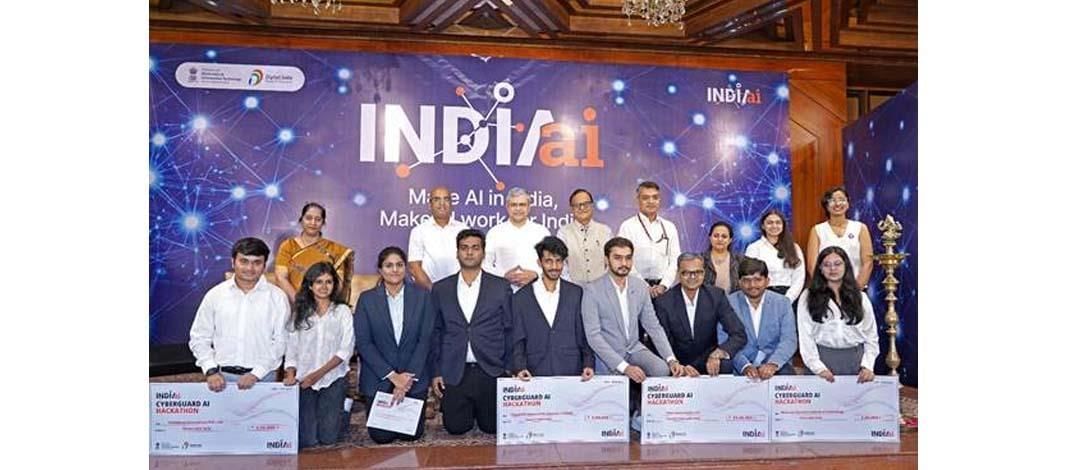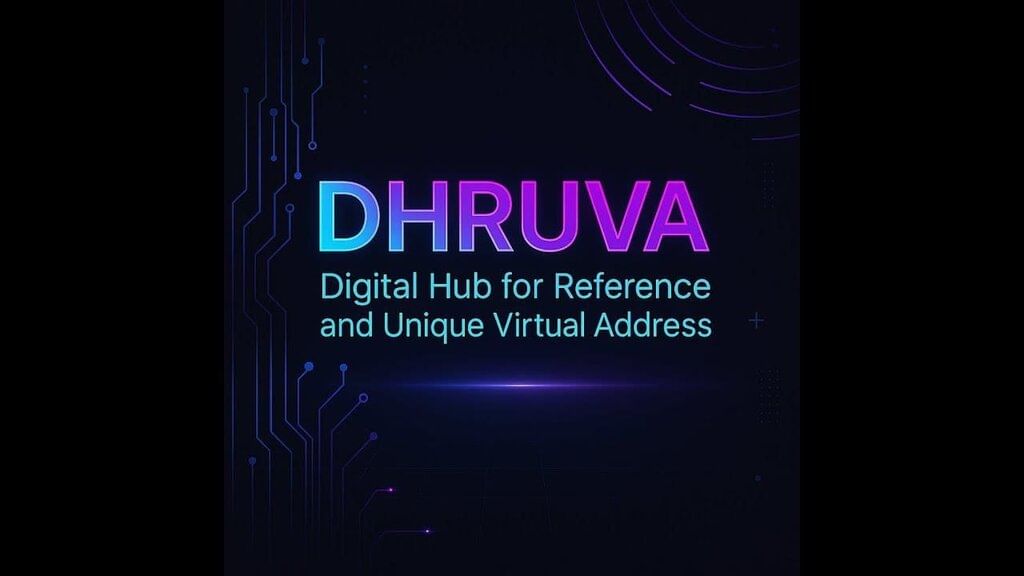UPSC Exam > UPSC Notes > PIB (Press Information Bureau) Summary > PIB Summary - 31st May, 2025
PIB Summary - 31st May, 2025 | PIB (Press Information Bureau) Summary - UPSC PDF Download
India’s Common Compute Capacity Crosses 34,000 GPUs

AI Ecosystem Development
Compute Capacity Milestone:
- India’s national AI compute capacity has exceeded 34,000 GPUs, currently at 34,333 GPUs.
- Recently, 15,916 GPUs were added to the initial 18,417 GPUs under the IndiaAI Compute Infrastructure.
Common Compute Platform:
- Aims to democratize AI access and provide training/inference capabilities to startups, academia, and researchers.
- Supports the development of indigenous AI models suited for the Indian context.
Relevance: GS 3 (Science and Technology)
IndiaAI Mission – Key Pillars Strengthened
Foundation Model Development:
- Focus on India-specific, multilingual, and sector-focused AI models.
- 506 proposals received under the Call for Foundation Models (as of April 30, 2025).
Three New Startups Selected:
- Soket AI: Building a 120B parameter open-source foundation model targeting defense, healthcare, education, and Indian linguistic diversity.
- Gnani AI: Developing a 14B parameter multilingual Voice AI model for real-time speech processing and advanced reasoning.
- Gan AI: Working on a 70B parameter TTS (text-to-speech) model aimed at creating “superhuman” voice synthesis surpassing global leaders.
Earlier Selection – Sarvam AI:
- Building India’s Sovereign LLM with 120B parameters.
- Key applications include 2047 Citizen Connect and AI4Pragati.
- Previously launched models include Sarvam-1 (2B) and Sarvam-M (24B).
AI Kosh and Data Access
- 367 datasets uploaded to AI Kosh, India’s centralized AI dataset repository.
- Designed to offer high-quality, open, and diverse datasets for training Indian AI models.
AI Talent and Brain Gain
The IndiaAI Mission encourages reverse brain drain by creating opportunities for Indian researchers abroad and establishing a comprehensive AI ecosystem that includes standards, compute resources, datasets, and capacity building.
IndiaAI I4C CyberGuard Hackathon
- Jointly organized with the Indian Cyber Crime Coordination Centre (I4C).
- Objective: Enhance AI models to detect cybercrime trends via the National Cyber Response Plan (NCRP).
- Outcomes: Models can interpret handwritten FIRs, screenshots, and audio complaints, aiding in automated classification and trend identification in cybercrimes.
AI Compute Cost Structure
Seven industry players provided competitive pricing for GPU access. CyFuture India Pvt. Ltd. emerged as the L1 bidder for most categories, including AMD, Intel, and NVIDIA GPUs.
Example Pricing (One-Month)
- AMD MI300X (8X): ₹1389.904/hour.
- Intel Gaudi 2 (8X): ₹374.4/hour.
- NVIDIA A100 80GB (8X): ₹712.8/hour.
- AWS Trainium (16X): ₹945/hour.
Strategic Significance
- Supports PM Modi’s vision of “Make AI in India, Make AI work for India.”
- Aims at technological sovereignty, ethical AI, and inclusive digital empowerment.
- India is positioning itself to be among the top 5 AI nations globally.
What is a GPU (Graphics Processing Unit)?
- Definition:. GPU is a specialized processor designed to accelerate graphics rendering and parallel computing tasks.
- Full Form: GPU stands for Graphics Processing Unit.
- Core Function: Originally built to render images and videos in computers and gaming consoles.
- Modern Use: Extensively used in AI/ML, scientific computing, data analytics, and deep learning due to its parallel processing capabilities.
DHRUVA (Digital Hub for Reference and Unique Virtual Address)

Background and Context
- Problem in India: India currently lacks a standardized digital address system. This gap results in inefficiencies across various sectors, including service delivery, logistics, governance, and emergency response.
- Initiative by Department of Posts: The Department of Posts, under the Ministry of Communications, is utilizing its extensive physical presence and postal data assets to spearhead this digital transformation.
- Previous Milestone – DIGIPIN: The Digital Postal Index Number (DIGIPIN) is a geo-coded, logical naming system aimed at enhancing address discoverability. It serves as the foundational layer for Geospatial Governance.
What is Druva?
- Full Form: Digital Hub for Reference and Unique Virtual Address.
- Core Objective: To establish a national, digital, interoperable, and geocoded addressing system.
- Policy Nature: DHRUVA acts as a blueprint for developing a Digital Address Digital Public Infrastructure (DPI).
Key Components of DHRUVA
- Digital Address as DPI: Treats addresses as critical public digital goods, similar to Aadhaar or UPI IDs. This component promotes interoperability and standardization in address usage.
- Geo-Coded and Interoperable: Ensures that addresses are tagged with precise geospatial coordinates. This feature enables location-specific targeting of services, enhancing the efficiency of service delivery.
- Address-as-a-Service (AaaS): Provides digital services related to address creation, verification, updating, and consent-based sharing. AaaS facilitates seamless interactions among citizens, government departments, and private entities, streamlining address-related processes.
- Consent-Based Data Sharing: Empowers individuals to control and share their address data securely. This feature enhances trust, privacy, and user autonomy in address-related transactions, fostering a more secure digital environment.
Key Objectives and Vision
- Governance Efficiency: DHRUVA aims to enhance targeted public service delivery, urban planning, property taxation, and emergency response through precise and accessible digital addresses.
- Inclusive Development: The initiative seeks to provide citizens in informal or unaddressed geographies, such as slums and rural areas, with a digital identity of their location, promoting inclusivity and digital equity.
- Logistics and E-commerce Boost: By reducing last-mile delivery errors and supporting hyperlocal services, DHRUVA aims to optimize supply chain efficiencies and enhance logistics and e-commerce operations.
- Financial Inclusion: The system will provide digital address proofs that can support Know Your Customer (KYC) processes and banking access, particularly for unbanked individuals, thereby promoting financial inclusion.
Salient Features
- Open and Public: The DHRUVA system is designed to be freely accessible in the public domain, promoting transparency and accessibility.
- Co-Creation Framework: The initiative encourages public-private partnerships (PPPs) for developing address-related tools and application programming interfaces (APIs), fostering innovation and collaboration.
- Technological Neutrality: Built as an open architecture, the system allows private sector innovation while maintaining public oversight, ensuring a balance between innovation and accountability.
Strategic Importance
- Pillar of India’s DPI Ecosystem: DHRUVA will join other initiatives like Aadhaar, UPI, Digilocker, and ONDC in building a Digital Bharat stack, enhancing the country’s digital infrastructure.
- Enabler for Smart Cities Mission: Precise digital addresses will support urban mobility, resource allocation, and GIS-based planning, contributing to the Smart Cities Mission and improving urban living conditions.
- Bridges Digital Divide: The initiative aims to integrate marginalized communities into the formal digital economy, helping to bridge the digital divide and promote digital inclusion.
- Boosts Ease of Living: By simplifying document submissions, delivery services, and utility registration processes, DHRUVA aims to enhance the overall ease of living for citizens.
Stakeholder Involvement
- Government: Various government bodies, including ministries, state governments, and municipal bodies, will be involved in the governance integration of DHRUVA.
- Private Sector: Stakeholders from logistics, fintech, e-commerce, and mapping services, such as Google Maps and MapMyIndia, will play a crucial role in the implementation and development of the system.
- Citizens: End-users and data owners will have control over their address data and benefit from the ecosystem, ensuring that the system meets citizen needs and expectations.
The document PIB Summary - 31st May, 2025 | PIB (Press Information Bureau) Summary - UPSC is a part of the UPSC Course PIB (Press Information Bureau) Summary.
All you need of UPSC at this link: UPSC
FAQs on PIB Summary - 31st May, 2025 - PIB (Press Information Bureau) Summary - UPSC
| 1. What is DHRUVA and its significance in India's computing landscape? |  |
Ans. DHRUVA (Digital Hub for Reference and Unique Virtual Address) is an initiative aimed at enhancing India's digital infrastructure and computing capabilities. It plays a crucial role in the integration of various digital services, providing a unique virtual address for users and improving access to information. The increase in GPU capacity to over 34,000 enhances data processing and computational power necessary for advanced applications like artificial intelligence and machine learning.
| 2. Why is the increase in GPU capacity important for India? |  |
Ans. The increase in GPU capacity is vital for India as it supports the growing demand for high-performance computing in various sectors, including research, education, and industry. More GPUs mean faster processing speeds and the ability to handle complex computations, which can lead to innovations in technology, better data analytics, and improved services in sectors like healthcare, finance, and education.
| 3. How does the increase in GPU capacity impact research and development in India? |  |
Ans. The increase in GPU capacity directly impacts research and development by enabling researchers to conduct more complex simulations and analyses efficiently. It facilitates advancements in scientific research, enhances the capabilities of educational institutions, and supports startups and industries in developing new technologies, ultimately fostering a more innovative environment in the country.
| 4. What are the potential applications of the enhanced computing capacity in India? |  |
Ans. The enhanced computing capacity can be applied in various fields such as artificial intelligence, big data analytics, climate modeling, genomics, and financial modeling. It can also support advancements in smart city initiatives, autonomous vehicles, and various machine learning applications, driving economic growth and technological advancement in the country.
| 5. How does this development align with India's broader digital transformation goals? |  |
Ans. This development aligns with India's broader digital transformation goals by strengthening the country's technological infrastructure. The increase in GPU capacity supports initiatives like Digital India, which aims to transform India into a digitally empowered society and knowledge economy. It enhances the country's ability to leverage technology for economic growth, improve service delivery, and foster innovation across multiple sectors.
Related Searches





















